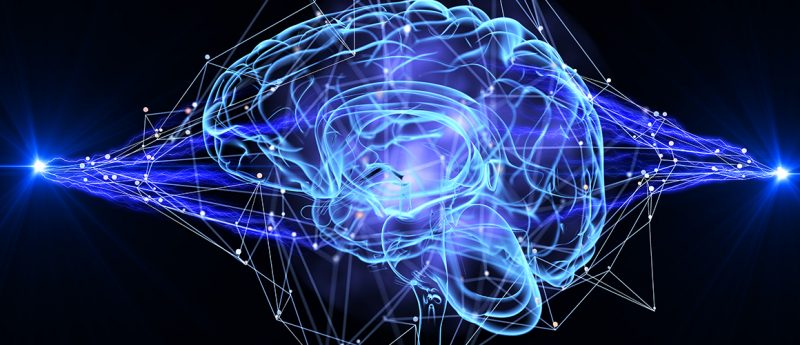
HRL’s Sparse Associative Memory Emulates a Major Function of the Brain

© 2019 Getty Images.
HRL has developed a computer model of human associative memory that surpasses previous models in accuracy while avoiding the common problem of false memories that plagued earlier such models. HRL’s model, Sparse Associative Memory or SAM, emulates the human brain’s ability to learn and remember relationships between items based on recognizing patterns. The work was published online in the May 2019 issue of the journal Neural Computation.
“With SAM we store small elements of information that form patterns in a neural network. We can later input a pattern that resembles the stored pattern to recall the stored information,” said senior researcher and the paper’s author, Heiko Hoffmann. “The inputted image might be slightly different or a bit ‘noisy,’ but SAM recalls the stored pattern that most closely resembles the input pattern. We found that the SAM model showed high memory efficiency and vanishingly small probability of false memories,” Hoffmann said. “SAM could be a key building block of neuromorphic computers that mimic the human brain.”
Associative memory is one of the main functions of the brain–the ability to recognize objects, patterns, or even faces. SAM consists of two layers of neurons, the input layer and the hidden layer. Information is identified by a signature pattern of neurons that is encoded in the connections to the hidden layer. When a similar pattern is entered in the input layer, the SAM algorithm identifies the pattern that most closely resembles the input pattern. Thus, SAM can identify the stored samples with nearly flawless accuracy, despite the input pattern not being an exact match of the stored pattern. This process emulates the way the human brain recognizes a previously seen pattern and its association.
“The SAM system can be used to store and recover samples from large amounts of stored data,” Hoffmann said. “Samples with identifying patterns, which can even be sounds or chemical compositions, can be stored and recalled later even if the input pattern has become slightly changed or distorted. This can be used to verify the authenticity of items like manufactured products that might be modified as they go through supply chains. With SAM we can always test whether something is genuinely from an original set of informational neurons.”
HRL Laboratories, LLC, California (hrl.com) pioneers the next frontiers of physical and information science. Delivering transformative technologies in automotive,aerospace and defense, HRL advances the critical missions of its customers. As a private company owned jointly by Boeing and GM, HRL is a source of innovations that advance the state of the art in profound and far-reaching ways.
Media Inquiries: media[at]hrl.com, (310) 317-5000